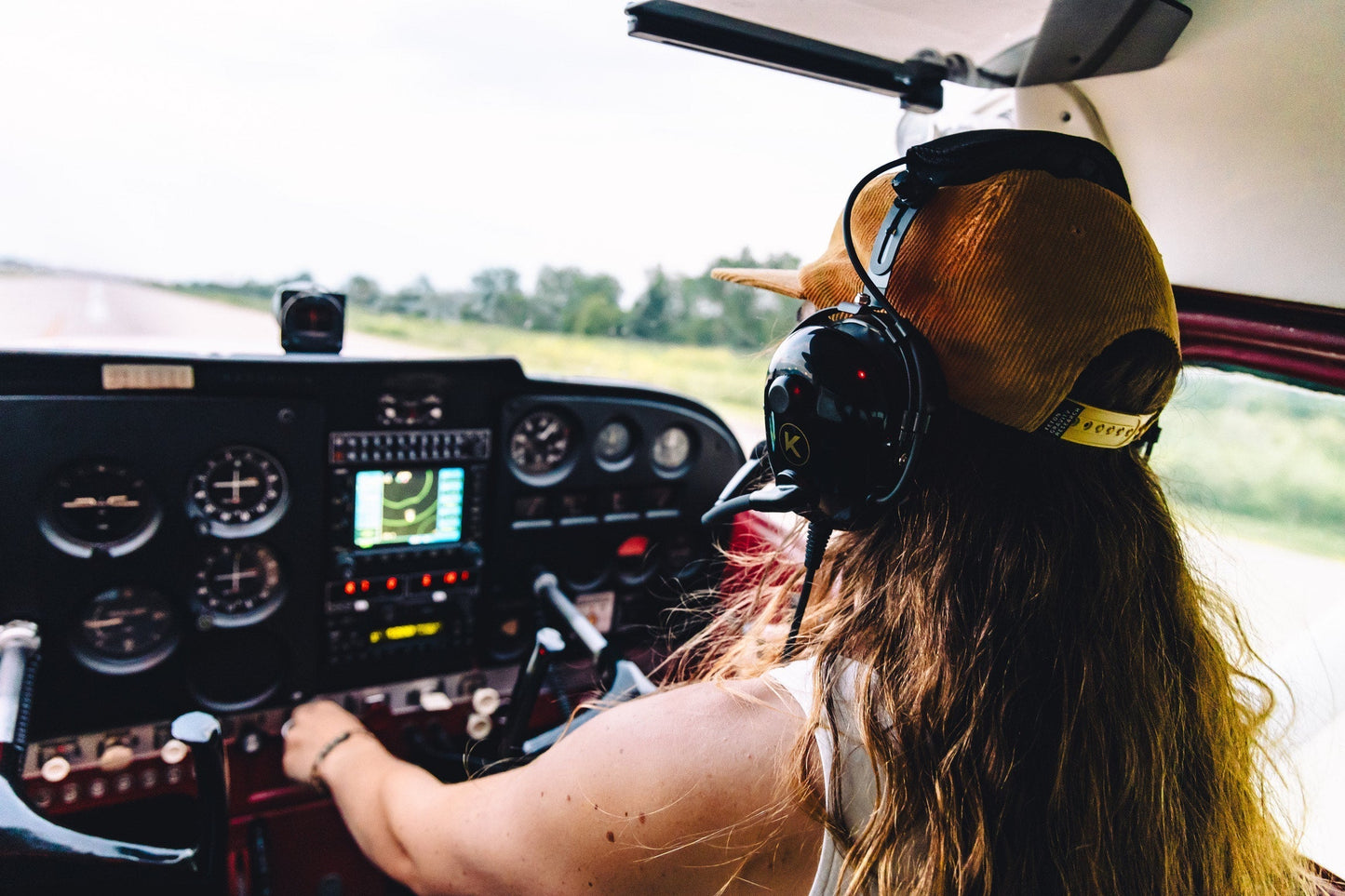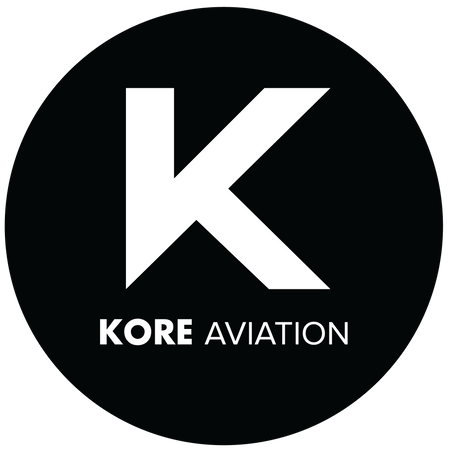
Kore Aviation - Why do pilots wear headphones? It’s a question that comes up often, especially for anyone new to aviation. Those bulky ear-shielding devices are more than style, they are essential gear. Pilots rely on headphones to stay in constant contact with air traffic control, block out engine noise, protect their hearing, and keep fatigue at bay.
In this guide, we explore why these aviation headsets are essential, what features matter most, and how they differ from consumer audio gear.
1. Clear Communication with Air Traffic Control
To enable two‑way communication with ATC. Standard earphones would be overwhelmed by engine noise and wind, making critical instructions unreadable. Aviation headsets deliver crystal-clear audio from ATC and ensure the pilot’s voice transmits clearly thanks to high‑quality microphones.
This communication clarity is vital for navigation, managing airspace, and coordinating changes in flight plans.
2. Protecting Hearing from Loud Cockpit Noise
Aircraft cockpits generate noise levels that can exceed 100 decibels. Years of exposure can lead to permanent hearing damage. Pilots wear aviation headsets to greatly reduce this impact. Some headsets use Passive Noise Reduction (PNR), which relies on thick ear seals, while others use Active Noise Reduction (ANR), which cancels out engine noise through electronic processing.
Discover More: What Is a Pilot Headset and How Does It Work?
3. Reducing Fatigue and Improving Focus
Excessive noise is mentally and physically draining. By lowering ambient noise, headsets help pilots remain focused, reduce stress, and manage workload more effectively on longer flights. Comfort features such as padded ear cups and adjustable headbands further aid in reducing cockpit fatigue.
4. Comfort and Long-Hour Wear
Student pilots and career aviators spend hours wearing headsets. A pilot’s headset must be lightweight, durable, and comfortable. Modern models like those from Kore Aviation are designed with soft foam seals and ergonomic shapes that stay comfortable even after hours of wearing.
5. Intercom and Crew Communication
Within the cockpit, pilots need to communicate with co‑pilots and, in larger aircraft, with cabin crew. Aviation headsets allow this through built‑in intercom systems that connect via the aircraft’s audio panel. Unlike standard headphones, aviation headsets maintain clear, hands‑free communication vital for safe coordination.
5 Key Functions of Pilot Headphones
Here are the most essential benefits summary that answer why do pilots wear headphones?
- Crystal clear ATC and crew communication
- Hearing protection against prolonged cockpit noise
- Improved mental focus and reduced pilot fatigue
- Comfort for extended flight training and bouts
- Seamless intercom integration and safety coordination
What Features Make Aviation Headphones Unique?
Here are the key features that set them apart with regular headphones:
- Noise Reduction: Effective ear seals to cut loud cockpit sounds
- Boom Microphone: Flexible, noise-canceling mic that stays close to the mouth in turbulence
- Dual Aviation Plugs (or Helicopter Plug): Compatible with aircraft audio jacks
- Stereo Volume Controls: Adjust left and right audio independently
- Comfort Design: Lightweight with plush padding to wear for hours without strain
Choose the Right Headset Early. Discover More: Which Aviation Headset Is Right for Beginner Student Pilots?
Common Misconceptions About Headsets
-
They Are Just for Listening to Music
Not true. Aviation headsets are communication and protection tools built for the cockpit environment. -
All Headsets Are the Same
Cheap models lack proper noise reduction, mic quality, or durability, and can hinder training progress. -
Active Noise Cancellation (ANR) Makes All Others Obsolete
ANR is great but comes with added weight and cost. Many student pilots do fine with passive models (PNR Headset)
FAQs: Why Do Pilots Wear Headphones?
-
How long do aviation headsets last?
With proper care, they can last several years. Many Kore Aviation users say their headsets last more than five years with regular use. Replace ear seals and cords as needed.
-
Why don’t pilots wear earbuds?
Earbuds do not block engine noise, lack mic support, and are unsafe for cockpit use. -
Are aviation headphones required?
Most flight schools require them within the first few lessons for safety and communication. -
Can pilots just use normal phones instead?
No. Aviation headphones are engineered for cockpit noise levels and use proper connectors for intercom and ATC systems -
Do aviation headsets protect from explosions or crashes?
No. They are meant for routine noise protection. They are not impact or explosion shields. -
Do all pilots own their own headset?
Not necessarily. Flight schools may provide basic models. Many pilots invest in personal headsets for comfort and performance. -
Do I need ANR for student training?
Not always. PNR models are common for student pilots for their cost and simplicity like the Kore KA‑1, they provide enough noise reduction for training. -
Can long-term use of headsets harm hearing?
No. Proper aviation headsets protect hearing from cockpit noise. They reduce exposure to sound rather than add harmful volume. -
Do pilots wear them throughout the entire flight?
Typically yes, especially during takeoff, climb, and approach. Some remove them when on the ground or when not required.
Final Thoughts
So when you ask, why do pilots wear headphones?, the answer is simple: aviation headsets are critical tools for hearing protection, clear communication, and pilot comfort. The right headset lets learners focus on flying rather than noise.
Ready to train with clarity and confidence? Browse Kore Aviation’s student pilot headsets today and find the perfect fit for your cockpit needs.
